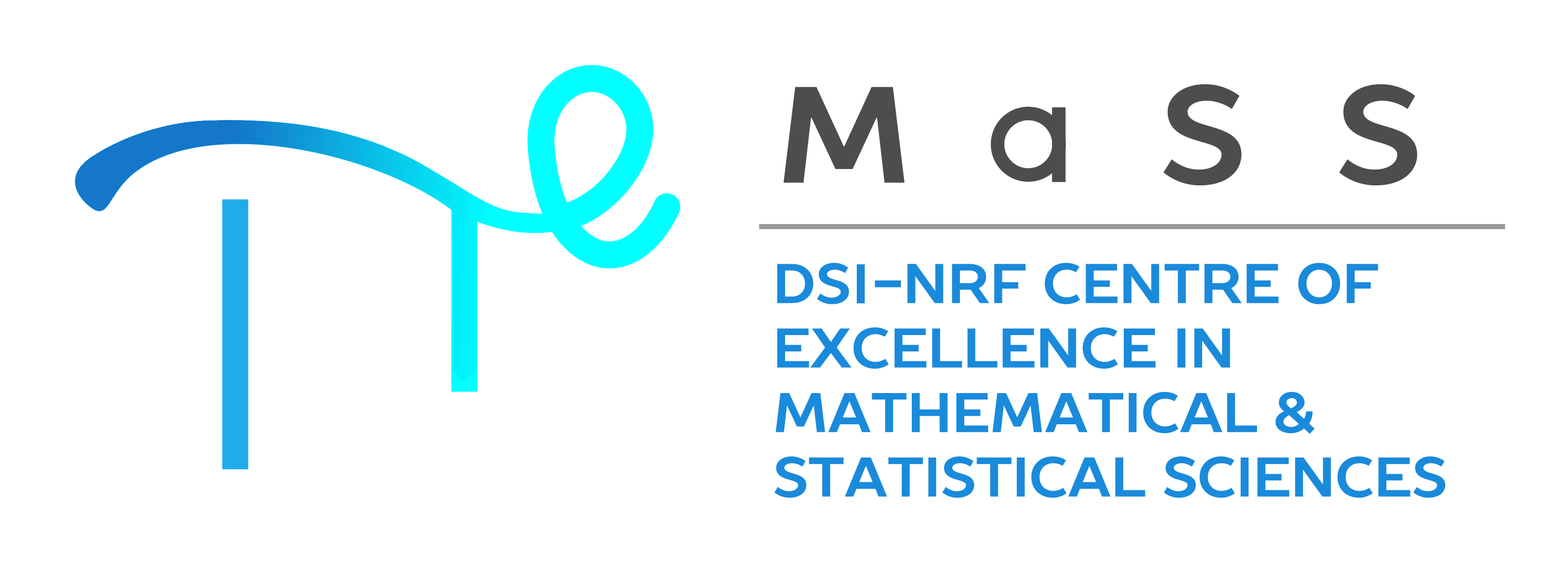Earthquake induced oscillations of high-rise vertical
structures
S. du Toit, M.
Labuschagne, and B.
Stapelberg\(^*\)
University of Pretoria
SAMS Subject Classification Number: 23
The effect of earthquake induced oscillations on vertical structures such as buildings, masts and chimneys is of considerable interest to structural engineers as well as mathematicians. The relevant structure should be able to withstand these oscillations in order to prevent significant damage to the structure itself, as well as non-structural components.
Reliable mathematical models and data are needed to determine the effect of oscillations on buildings. Beam models, such as the Euler-Bernoulli and Timoshenko beam models, have been extensively used to simulate motion of structures such as high-rise buildings.
A motivation for the use of the Timoshenko model as well as a
comparison to other models was done in [2]. In [1], the Timoshenko beam
model is used to approximate the dynamic linear elastic behaviour of
buildings, but includes so called soil-structure interaction. In this
talk the focus will be on high-rise buildings subjected to earthquake
induced oscillations, modelled by an adapted Timoshenko beam model, as
opposed to the model used in [1]. The adaptation leads to a new and more
realistic model for soil-structure interaction, where the foundation of
the structure is modelled as a separate entity to the structure. The
adapted model will be introduced and modal analysis will be done. Some
numerical results will be included.
References
[1] M. Cheng and T. Heaton, Simulating building motions using ratios of the building’s natural frequencies and a Timoshenko beam model, Earthquake Spectra, vol. 31, no. 1, pp. 403-420, 2015.
[2] A. Labuschagne, N. F. J. Van Rensburg, and A. J. Van der Merwe, Comparison of linear beam theories, Mathematical and Computer Modelling, vol. 49, no. 1, pp. 20-30, 2009.


